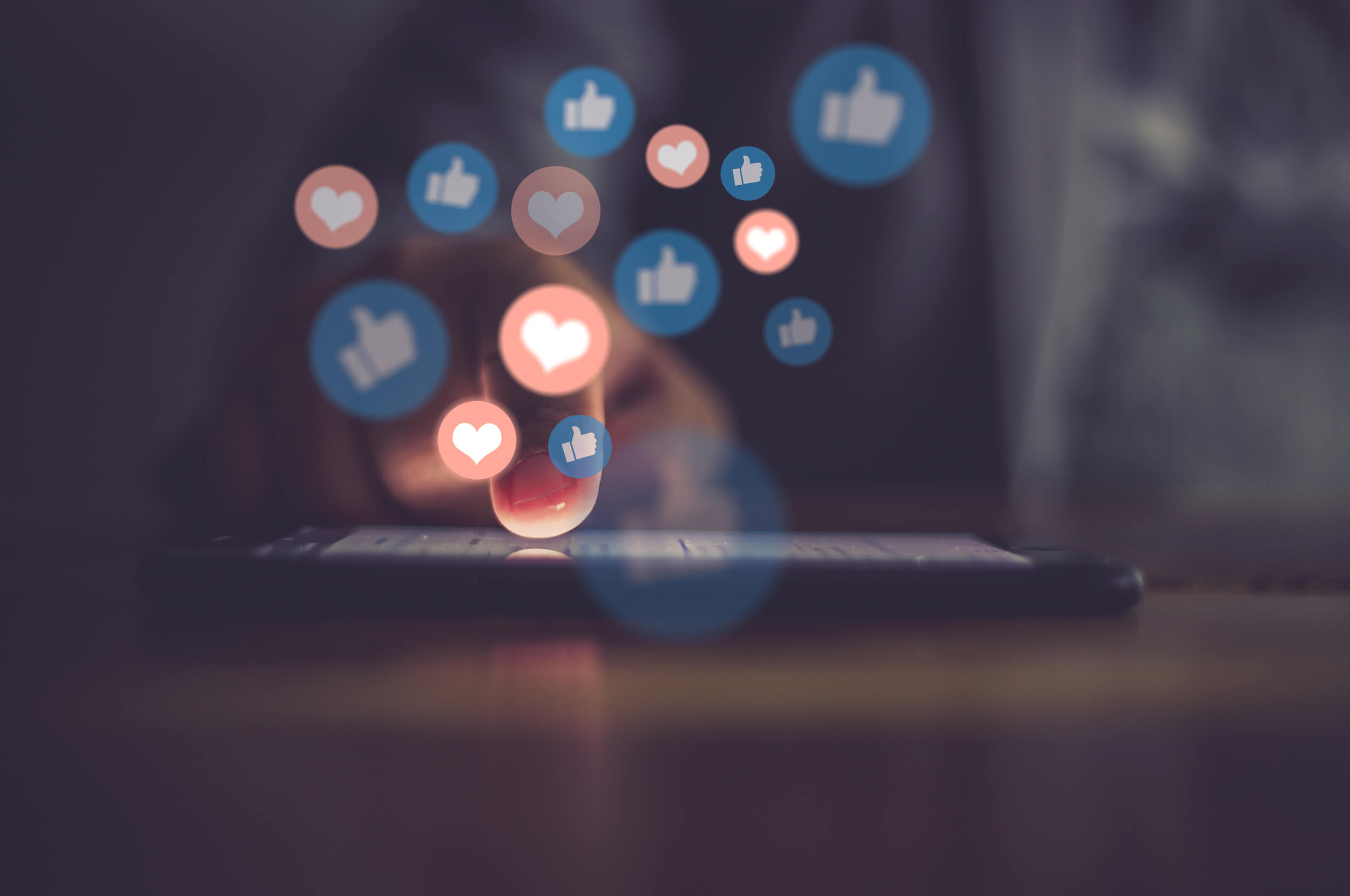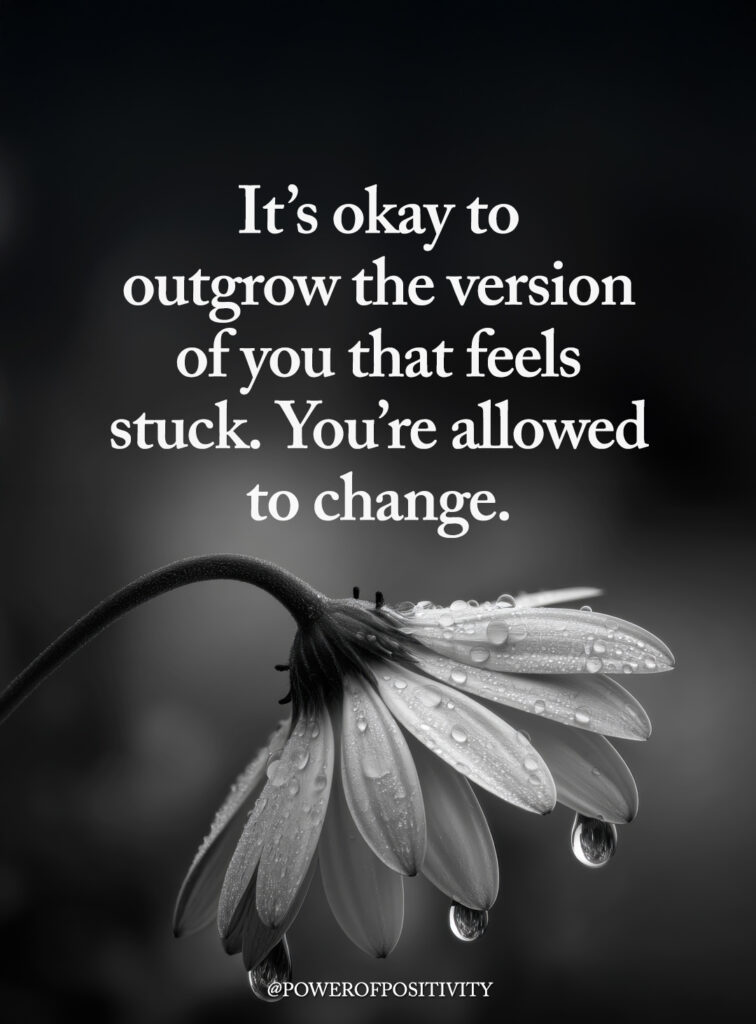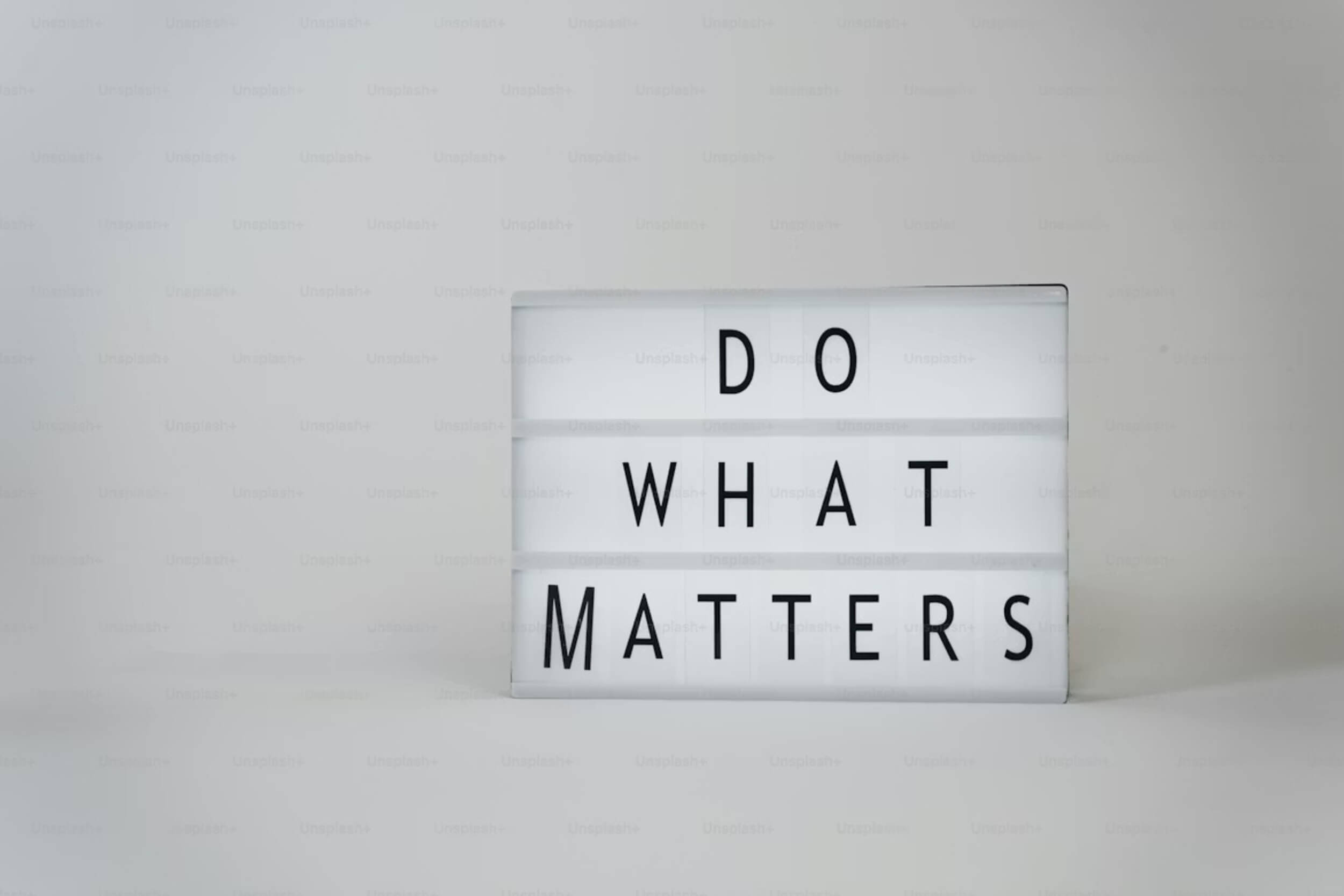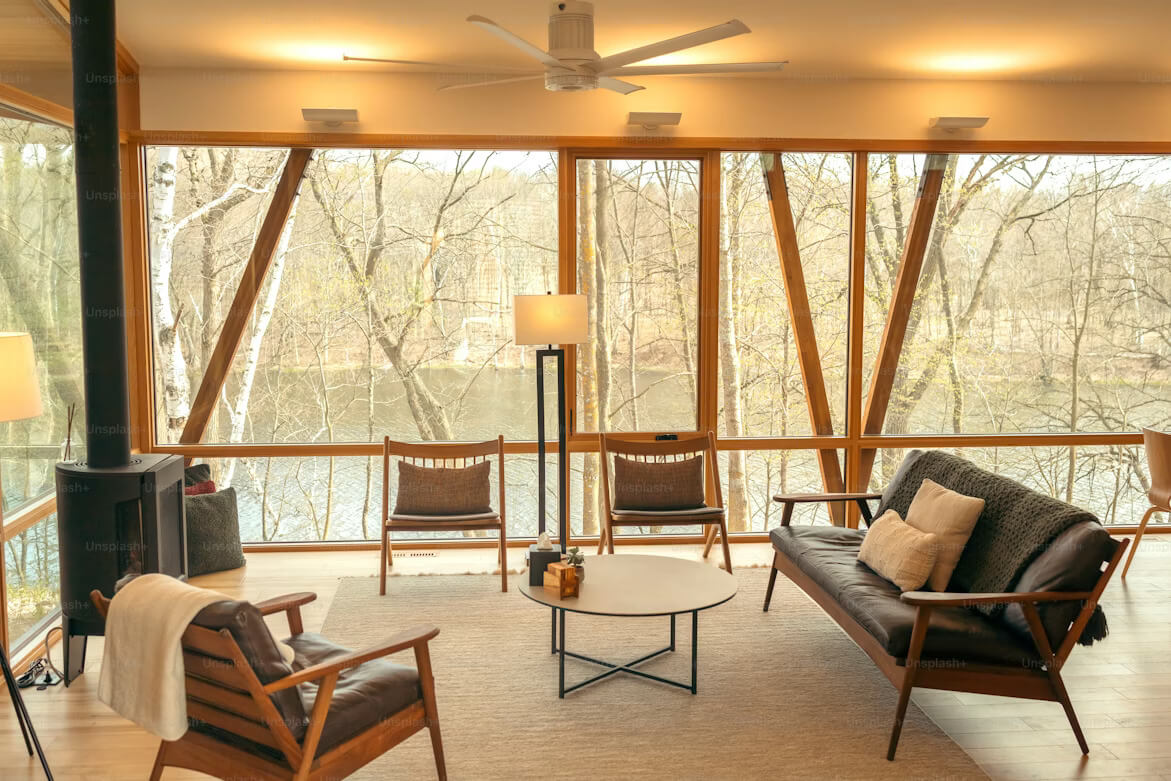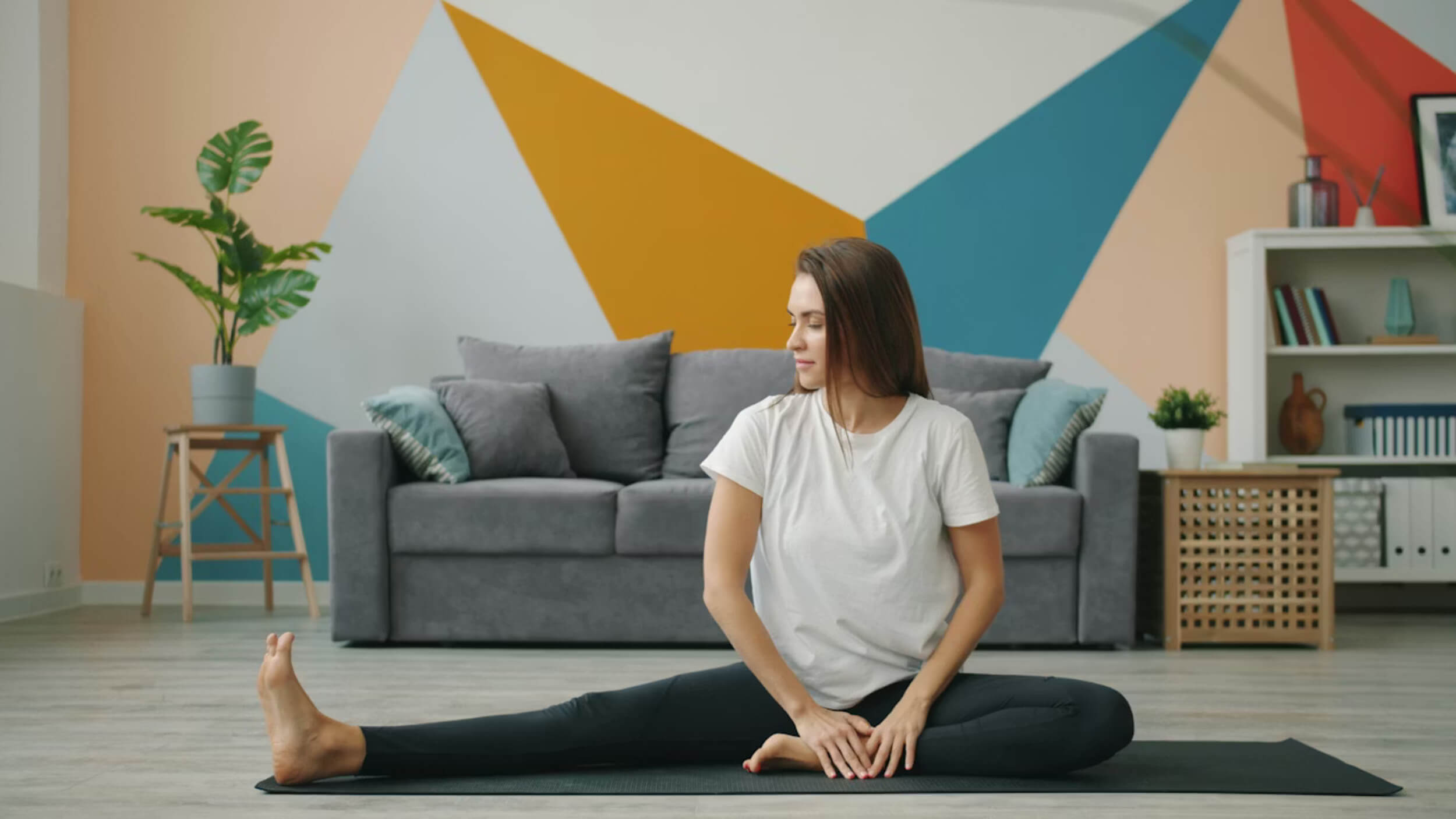Most of us have felt that technology runs our lives more than we run it. Phones buzz, emails pile up, and before we know it, hours slip away. What started as a tool to help us connect and save time can quickly turn into something that drains our focus and energy.
At the same time, technology isn’t the enemy—it’s how we use it that matters. When used wisely, it can make life easier, but without limits, it can leave us stuck in habits we don’t even notice.
This article will show you how to use technology in a way that serves your goals instead of controlling your time. Small shifts can help you feel back in charge.
Notice the Hidden Cost of Constant Connection
Being glued to screens all day comes with a price. Every ping, buzz, or banner pulls your attention away from what really matters. Even small interruptions break focus, and it takes time to get back on track. Over time, this constant distraction chips away at your ability to stay locked in on tasks.
Another problem is the endless stream of choices—scrolling through apps, deciding what to watch, or which notification to check next. This drains mental energy before you even realize it. It’s called decision fatigue, and it leaves you feeling tired without doing much.
The good news? The moment you recognize these hidden costs, you start to regain control. Awareness helps you see that you don’t have to answer every alert or check every update. Knowing how to use technology without letting it run your day begins with paying attention to the small ways it eats into your time and focus.
Build Clear Boundaries Around Screens
Meals, family time, or even quick conversations lose meaning when phones are in the middle of them. One simple fix is to create device-free zones. For example:
- No phones at the dinner table.
- Keep devices out of bedrooms.
- Put phones away during personal talks.
Small rules like these bring back attention to the people around you.
Another helpful step is setting time blocks. Instead of checking emails or social media all day, pick specific times. For instance, once mid-morning, once in the afternoon, and one last time in the evening. This structure reduces the urge to check “just for a second,” which often turns into half an hour.
By setting boundaries, you decide how to use technology instead of letting it decide for you. These habits keep your devices useful tools instead of constant interruptions.
Redefine How You Use Social Media
Scrolling with no end in sight feels normal now, but it leaves you drained. The fix is to use social media with intention. Ask yourself:
- Am I connecting with someone?
- Am I learning something useful?
- Or am I just scrolling out of boredom?
Active use adds value, while passive use just eats time.
It also helps to clean up who you follow. Keep accounts that inspire or help you, and unfollow the ones that bring stress or negativity. A smaller, more positive feed makes social media feel lighter.
Privacy matters, too. Not everything needs to be posted. Oversharing increases screen time and can bring unwanted pressure. Share less, live more.
Once you shift your approach, you’ll see that how to use technology wisely includes protecting your energy online. Social media should serve your life, not take it over.
Make Real-Life Activities the Default Choice
When devices are the first thing you grab, it’s easy to forget how many offline options you really have. Swapping digital habits for physical ones makes a big difference. For example:
- Use a notebook instead of a phone app for lists.
- Pick up a print book instead of another hour online.
- Write down thoughts with pen and paper.
These small swaps remind you that not everything has to involve a screen.
Offline joys also recharge your mind. Go for a walk, shoot hoops, garden, or try a simple hobby like cooking or puzzles. Even sitting outside for a while helps reset your brain. The more you make these choices, the less you’ll feel the pull of your phone.
Living this way shows you another side of how to use technology—it’s there when you need it, but it doesn’t replace the real world.
Use Technology as a Tool, Not an Escape
Sometimes devices are used to avoid stress or boredom, but that turns them into escapes instead of tools. Recognizing the difference helps you break that cycle. Productivity apps, maps, or reminders are tools that help. On the other hand, endless videos or games can trap you in hours of lost time.
A quick question works wonders: “Why am I opening this right now?” If the answer doesn’t serve a purpose, you know it’s not helping.
Being intentional makes all the difference. Before opening an app, set a goal. Maybe you’re checking the weather, sending a message, or paying a bill. Once the task is done, close it.
This habit flips the balance back in your favor. It’s a clear way to practice how to use technology with purpose. When every use has intention, your devices become helpers instead of distractions.
Protect Sleep From Digital Takeover
Late-night scrolling is a habit most people know too well. The problem is that screens give off blue light, which tricks your brain into staying awake longer. Even short sessions in bed with your phone can delay sleep.
One strong fix is to keep your phone charging outside the bedroom. If you use it as an alarm, buy a simple clock instead. That way, you remove the temptation of “one more scroll.”
Building a night routine without devices also helps. Try reading a paper book, writing in a journal, or stretching before bed. These calm habits prepare your body for rest.
Strong sleep is key to feeling good the next day, and guarding it shows you another layer of how to use technology responsibly. When you protect your rest, your mind and body thank you.
Conclusion: Living on Your Terms, Not Your Screen’s
Technology can be powerful, but only when you’re the one in charge. If it feels like screens are pulling you in too many directions, remember that you have the choice to set limits.
You don’t need to change everything at once. Pick one small shift—a no-phone meal, a bedtime routine without screens, or cutting notifications. Even a single boundary can give you back a sense of control.
In the end, devices should work for you, not against you. When you decide how to use them, they become tools that support your goals. Let technology amplify your life, but never let it consume it. The balance is yours to keep.



